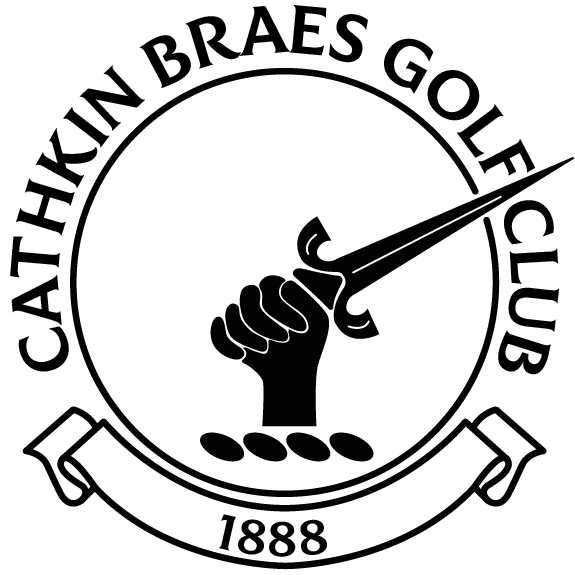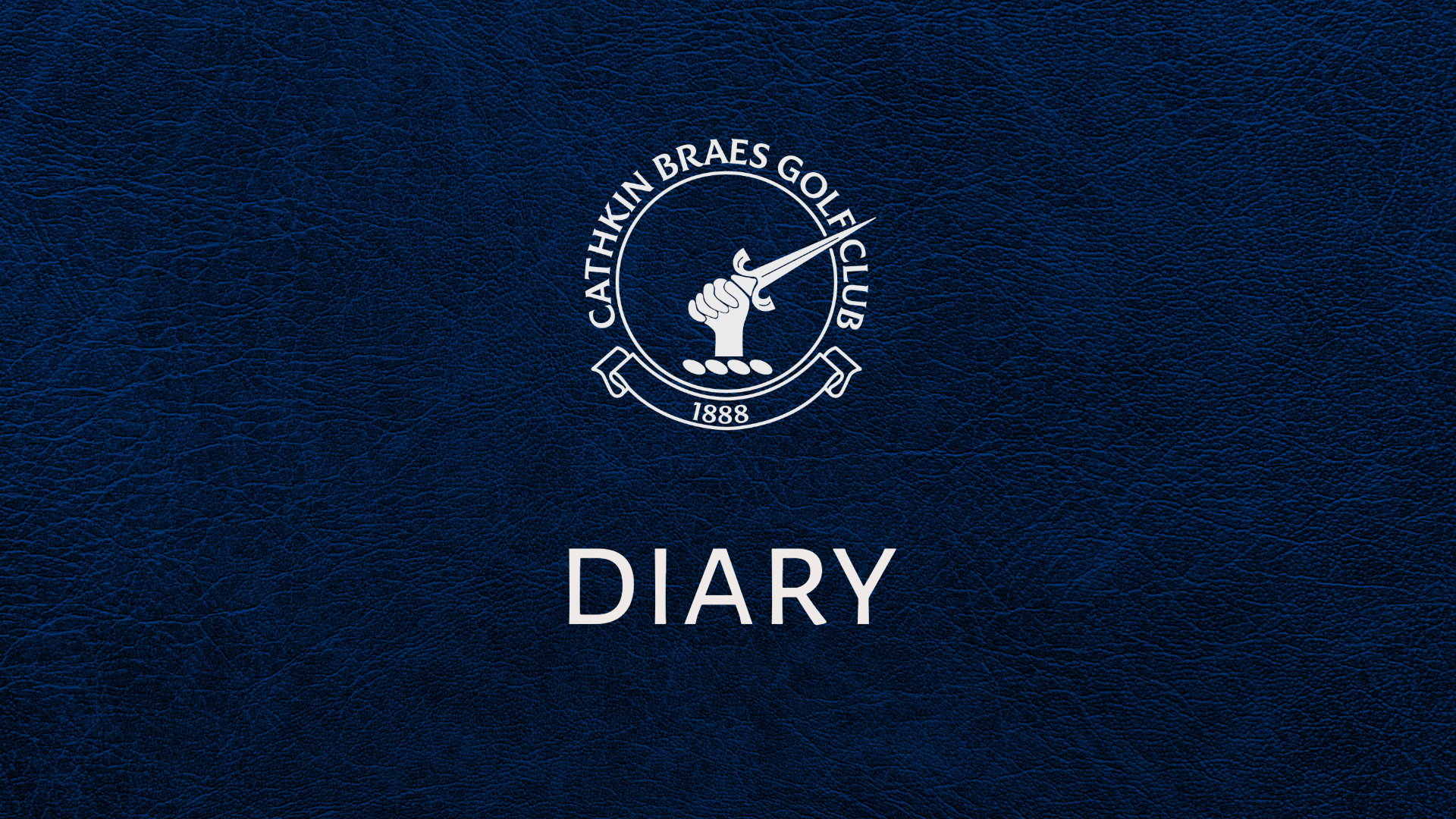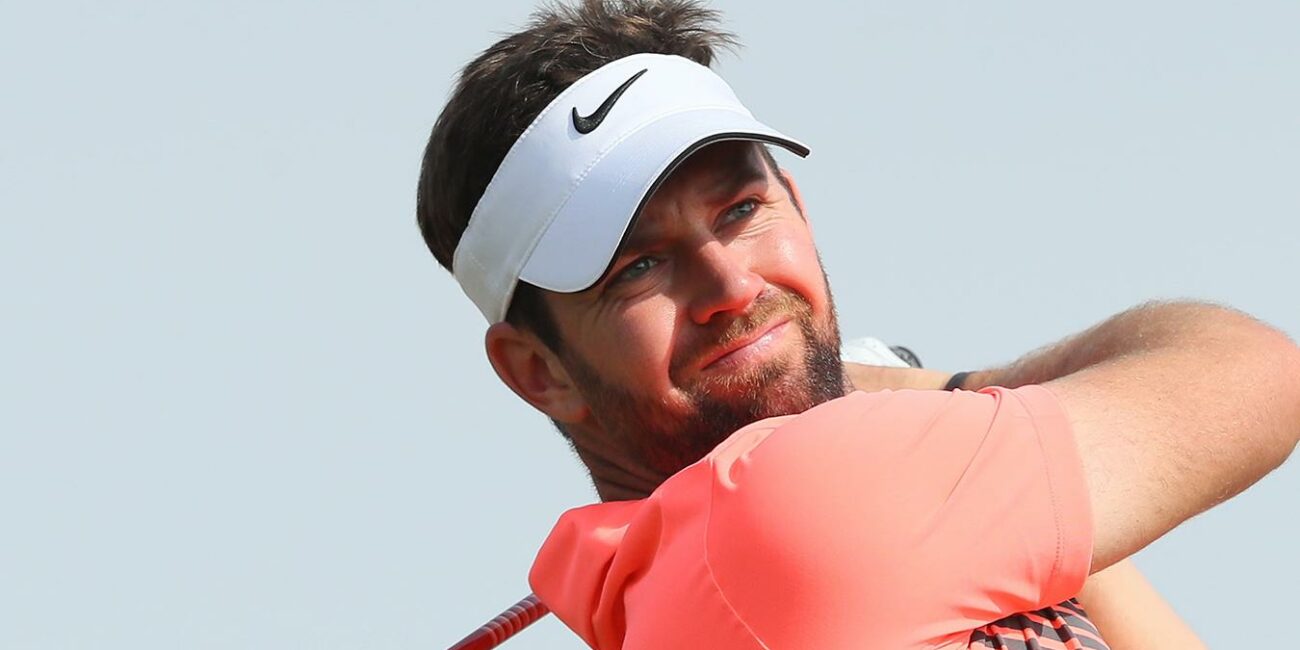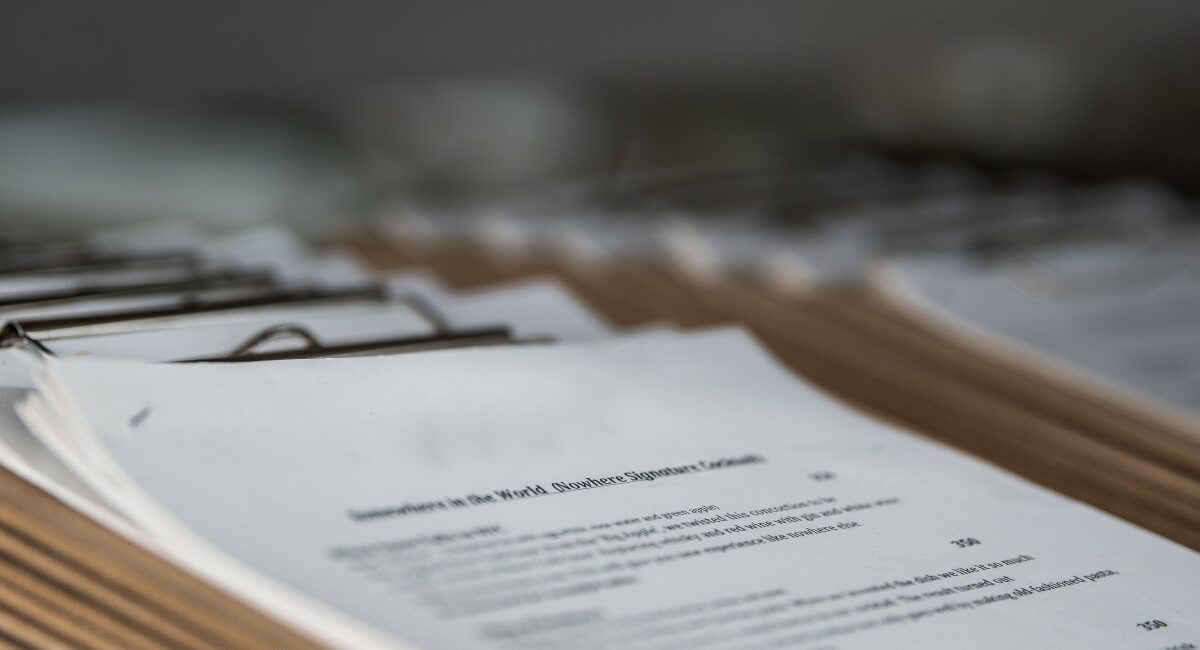CLUB RULES
Dress code - clubhouse
adult members
Smart casual clothes are acceptable throughout the clubhouse, except on special occasions when the committee deems otherwise. Tailored trousers, tailored shorts, jeans, including denim jeans, collared shirts, polo neck tops and recognized golf wear and casual footwear of an acceptable standard, including dimpled and soft spike golf shoes during the summer months, are acceptable. Tops and shirts must be tucked in . Tucking trousers into shoes is not acceptable. Specifically forbidden clothing includes: track suits, shell suits, football/rugby tops, T shirts, cargo trousers, cargo shorts, any form of beach wear, soiled, dirty, torn or cut jeans, soiled, dirty, torn or cut denim jeans, leggings and trainers.
JUNIOR members
Denim jeans and trainers of an acceptable standard are allowed in the Clubhouse.
Please note: Soiled clothing is not acceptable in the Clubhouse.
Dress code - golf course
All changing of dress, including shoes must take place in the locker rooms.
adult members
Smart, casual dress is expected on the golf course.
Tailored trousers, tailored shorts, collared shirts, polo tops and recognized golf wear are acceptable.
Tops and shirts must be tucked in.
Specifically forbidden clothing include; track suits, shell suits, football / rugby tops, T shirts, cargo trousers, cargo shorts, any form of beach wear, denim jeans (adults), leggings & trainers.
JUNIOR members
The wearing of denim jeans of an acceptable standard is allowed on the course.
Scott Jamieson
Scott Jamieson may be among the world elite now that he’s a proven winner on the European Tour and playing in the elite World Golf Championships but he never forgets that the roots of his success lie in the course that sparked his love of golf as a kid.
He credits the many hours spent practising with his father, Peter, at Cathkin Braes for firing an enthusiasm for the sport in which he now excels.
Scott joined Cathkin as a Junior and has never looked back, winning the 2001 Scottish Boys Strokeplay Championship before embarking on a four-year scholarship at Augusta State University in the USA.
He turned professional in 2006, immediately after representing his country in the Eisenhower Trophy, the world amateur team event, in South Africa.
In 2009, Scott topped the Euro Pro Order of Merit, earning him full Challenge Tour status for 2010. He made the most of that opportunity and top-20 finishes in his final six tournaments saw him finish 14th in the rankings, winning promotion to the European Tour.
He took the step up in his stride, recording two top-10 slots in his first six events then finishing third at the Spanish Open, BMW International and Barclays Scottish Open, securing a start in his first Major – the 2011 Open Championship.
2012 was an equally exceptional season for Scott, seeing him retain his tour card comfortably and make the season finale of the DP World Championship.
However, in 2013, Scott progressed even further, moving his career up a gear by winning the Nelson Mandela Championship, his debut European Tour victory in the very first event of the season. He followed this up with a 3rd place in the Alfred Dunhill Championship and a 2nd place in the Volvo Golf Champions.
He has fond memories of learning his trade at Cathkin Braes where his father, a three-time Club Champion and Past Captain, first introduced him to golf.
Scott said: “I was about six when my dad started taking me up to the Club in the evenings. I had my grandad’s old clubs which were cut down to fit me.
We’d play a loop of five holes in the middle of the course. My dad was a good golfer, playing off a handicap of one, so I always wanted to emulate him. He was a good teacher and told me to focus on hitting the ball straight rather than far. That advice stood me in good stead as I progressed.
I do realise how lucky I was to get the chance to learn the game so young because it was a rarity at that time.”
“Cathkin Braes is a fantastic place to play golf, whether you are beginning or very experienced. It’s a fantastic and challenging layout, perfect for honing your skills. It’s also extremely beautiful and there are great views, which is always a bonus.
As with any club, though, the really important thing is the people, especially for young people when they take up the game. At Cathkin Braes, the members and everyone at the club are extremely supportive, making the club a great place to be a part of. I am proud of my association with the club.”
Club History
Cathkin Braes Golf Club was founded in 1888 by Adam Rodger, Robert Stark and James Davies – regular lunch companions at the old Liberal Club in Glasgow. Although the sport was growing in popularity in the east of the country and on the Ayrshire coast, at the time the only other club in the west was The Glasgow Golf Club.
Laird of Castlemilk
Rodger, Stark and Davies believed the fields around the Roman Camp outside Carmunnock would make a good golf course and discussed their plans with Mr Shearer, the tenant farmer of the land which was owned by William Crawford Stirling Stuart, the Laird of Castlemilk whose association with the Club was to last almost 50 years. The land for the original nine holes was secured on a lease costing £20 a year.
The original Members who were willing to brave the winds that buffeted the braes had to make do with basic facilities – changing accommodation was a farm shed and the grass was knee high in places.
First Match
A month after the official opening in April 1889 the Club played its first match, against Lenzie, and won the 13-a-side contest over the then 2422-yard course. Before long, that was deemed too short and it was increased to 18 holes, only to still be considered not challenging enough.
First Clubhouse
When further ground became available in 1891 there was an opportunity to remodel the Course and build a Clubhouse. In the early years, access to Cathkin Braes had been a problem but bus services were established and membership increased.
The original Clubhouse was soon found to be inadequate and an extension was added in 1897. However, the Course was still viewed too short, so further land was acquired and in 1905 the extended layout was officially opened.
With a membership of 400, a more substantial building for Members was required and in March 1911 the new facilities, costing £1750, were officially opened by the Laird’s wife.
Impact of First World War
Both World Wars affected the Club severely. By 1914 all play was suspended, membership was dwindling and finances were tight. Before the end of the conflict the Laird halved the rent to help ensure the Club could continue but by 1919 it was able to pay its way again.
James Braid
The Club flourished between the wars and money was found for a visit by the great course designer James Braid. He suggested extensive alterations, mainly to the first four holes which he criticised for causing congestion.
William Tulloch
By this point Cathkin Braes was being noticed in the Scottish golf scene as William Tulloch began to make an impact in national competitions, impressing in the Amateur Championship at St Andrews, reaching the final round of the Post and Telegraph Cup at Gleneagles and winning the Arrol Trophy and Tennant Cup.
James Heggarty
Another prominent figure in the Club’s history, James Heggarty, became the professional in 1931 and began an association with the Club that was to last half a century.
Madam Helen Stuart Stevenson
In December 1934 it was decided a 20th Century Clubhouse was required and the extended facilities were opened in June 1935 by the Laird’s daughter, Helen Stuart Stevenson, who was affectionately referred to by Cathkin Braes Members as Madam. The Laird chipped in with a £1000 donation to the £5000 project.
The death of the Laird in 1938 brought uncertainty but the Club’s future was secured when offered the chance to buy the course for £3000, the news gladly delivered at the Club’s golden jubilee dinner.
Second World War
The Second World War brought new challenges and in 1942 incendiary bombs fell on the third, fourth and sixth fairways. Part of the Ladies Lounge was commandeered by the Signal Corp as a centre for wireless transmission.
The return of Jimmy Heggarty from the Forces at the end of the war reinvigorated Cathkin Braes and the Club celebrated its diamond jubilee in 1948. The Laird’s daughter continued her family’s association by giving a speech at the commemorative dinner and handing over the golden cup which had been given to her mother when she opened the original Clubhouse in 1911. This became the prize awarded for the Club Championship.
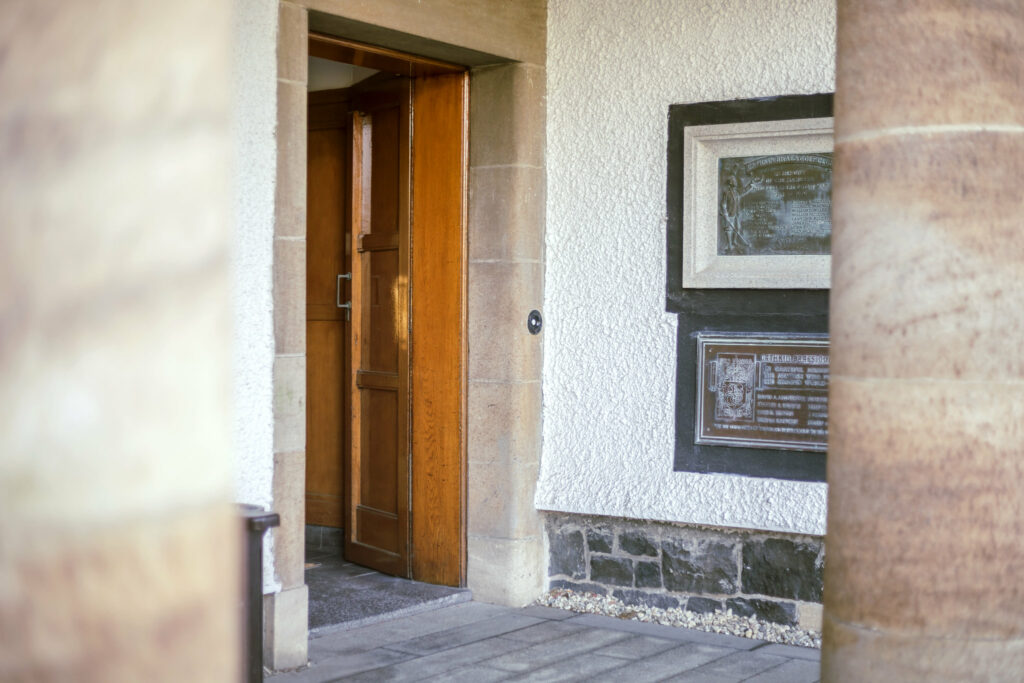
Rising Stars
By now Cathkin Braes juniors Stafford Dunn and Ian Lee were making a name for themselves and the Club was honoured in 1953 when both were selected to play for Scotland against England, halving their foursomes and winning their singles comfortably.
Major Extension
By 1968 the Club’s membership had increased to 863 and in 1972 it embarked on a major Clubhouse extension at a cost of £37,000. Of course, when it was opened on May 19, 1973, the honour fell to none other than the Laird’s daughter, maintaining the Stirling Stuart’s close links with the Club. In 1976 her grandson, James Everett McDonald Stuart Stevenson, was made an honorary member – taking the family’s affiliation with Cathkin Braes Golf Club to a fourth generation.
In 1977 Jimmy Heggarty was presented with Queen’s Jubilee Medal and his reign as Club professional ended two years later on his retirement.
Glories Past and Present
Cathkin Braes’ centenary was celebrated in style in 1988 and heralded a new era in producing promising young talent – the most outstanding being Scott Jamieson who is now playing on the European Tour.
As the Club strives to meet the challenges of the next 100 years, the legacy of Rodger, Stark and Davies lives strong.
